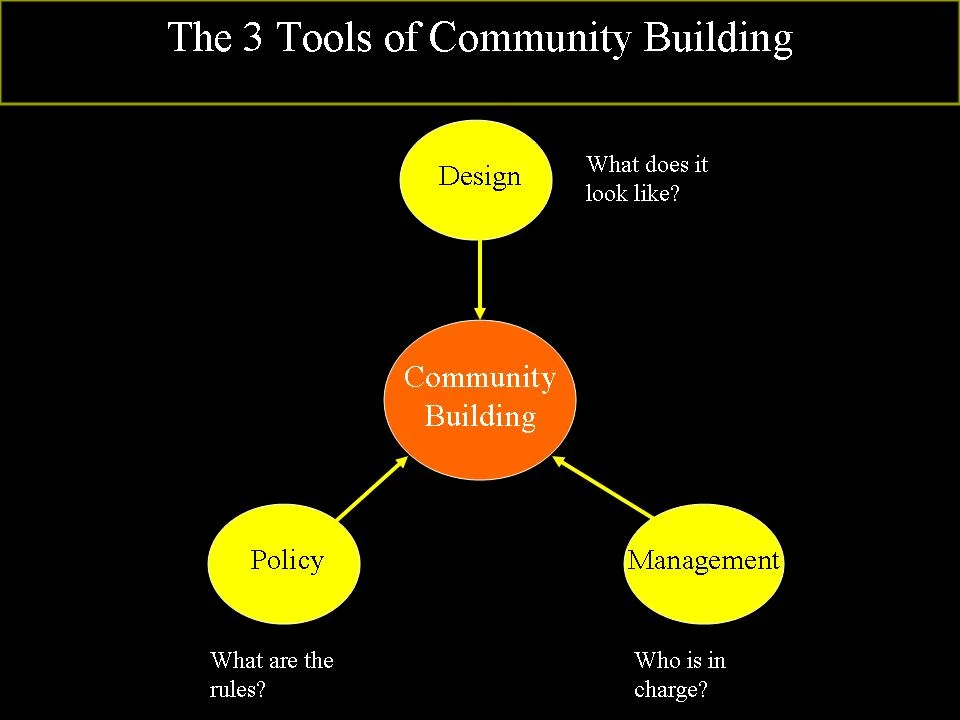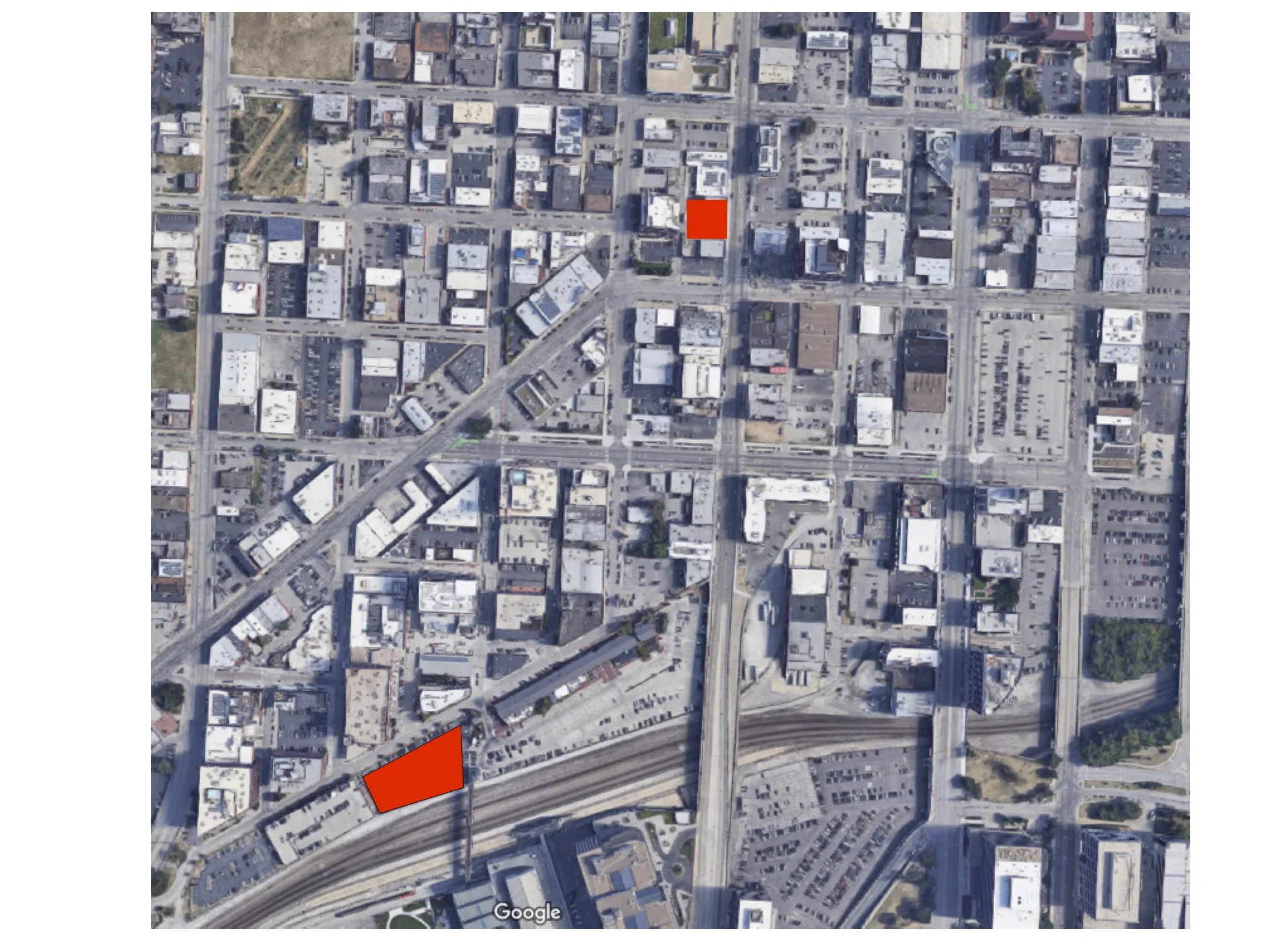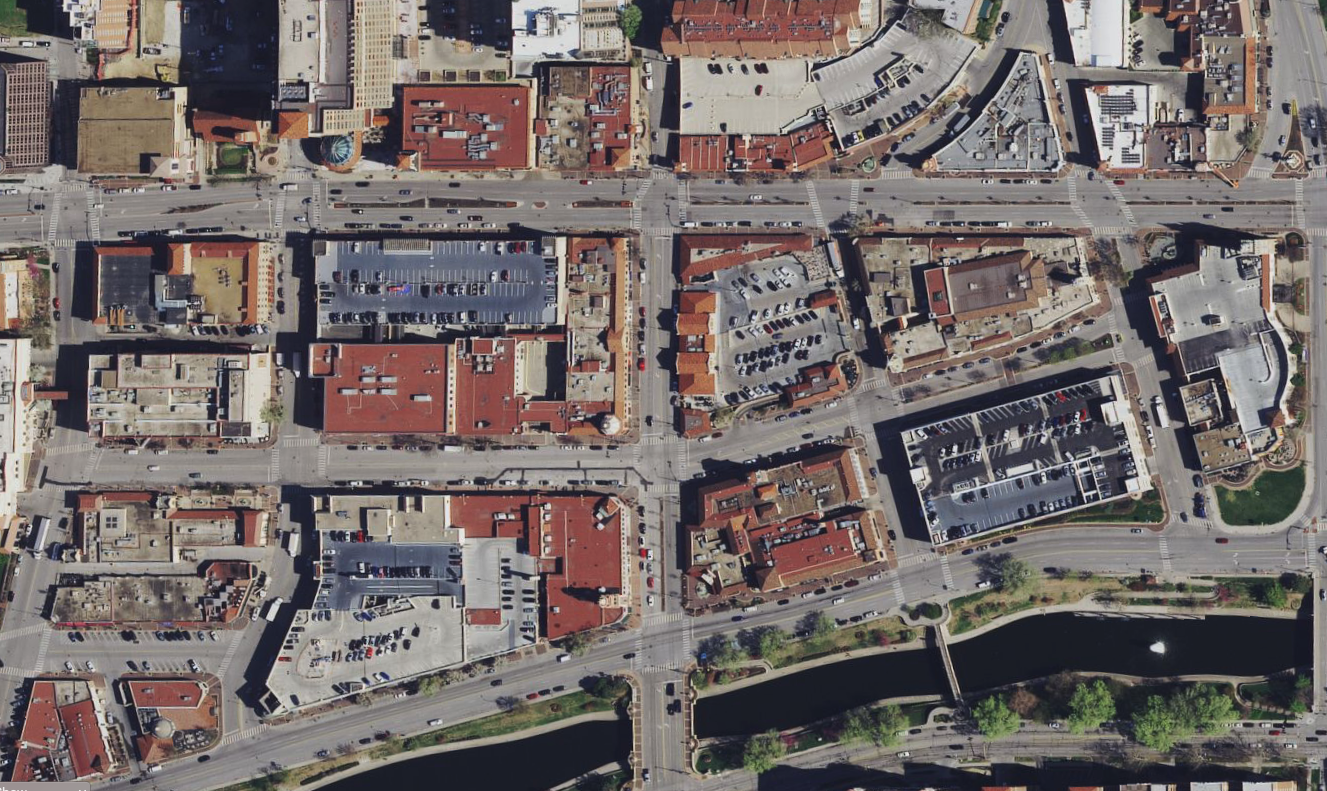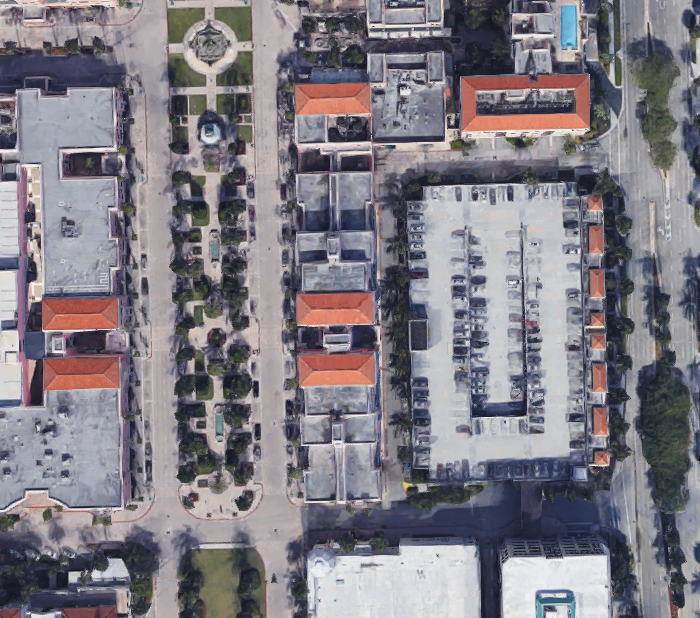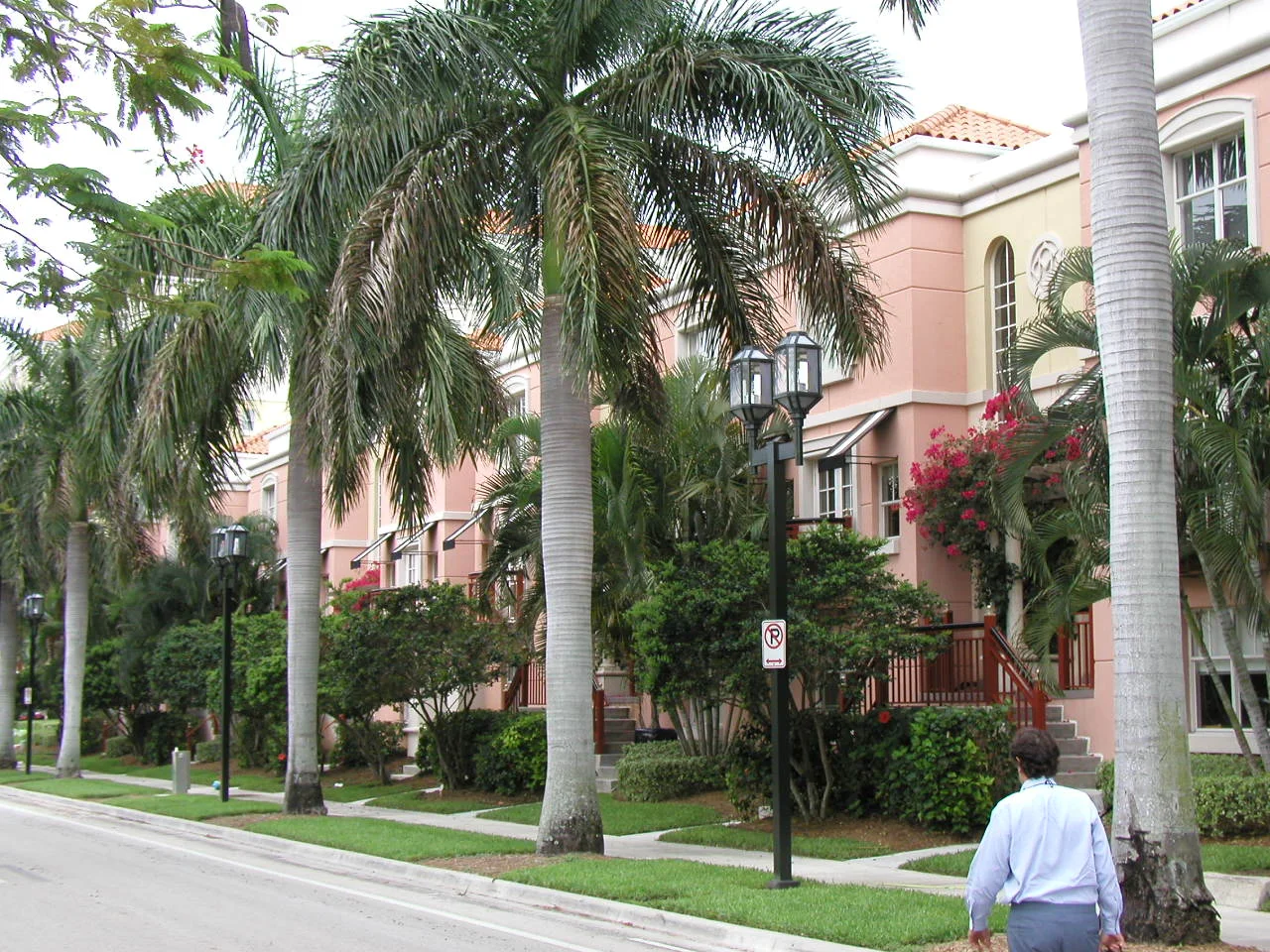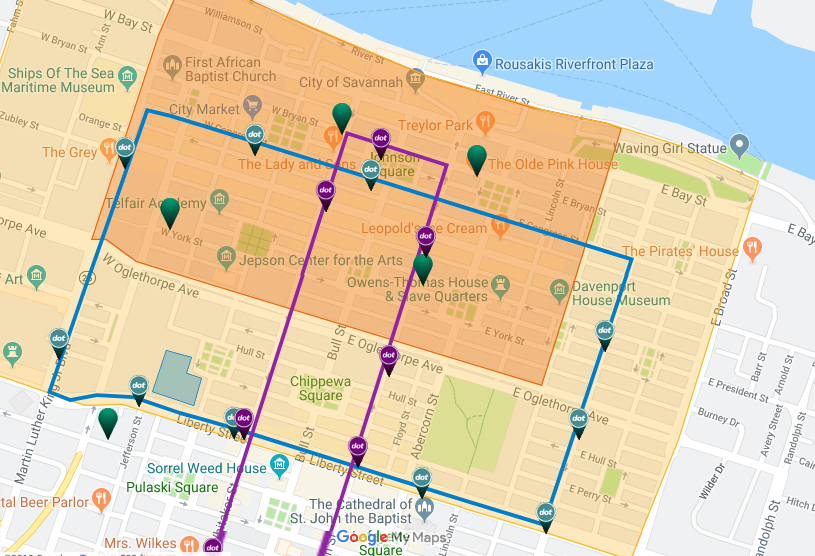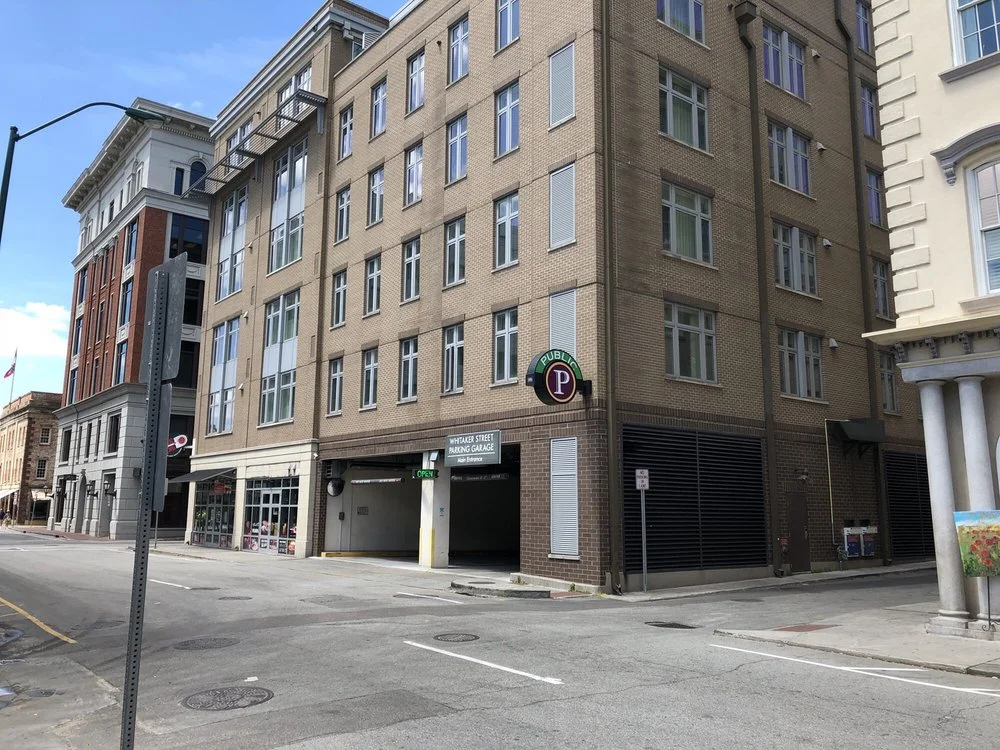Parking is important and not important, part 2
In a previous post, I wrote of the need to plan intelligently for parking in urban areas, while also working to reduce or eliminate parking requirements for buildings. The approach is a simple and pragmatic one that addresses two, seemingly different realities: there’s no value nor science behind requiring off-street parking, but that also doesn’t eliminate the need for parking in most American cities today. We can be ideological about planning and transportation, or we can face reality and try to solve problems. I prefer the latter, as messy as it may get.
Read through to the end for 5 simple suggestions on “what to do”
Good community building is a combination of three key tools - design, policy & management.
Two recent projects with new, structured parking in the Crossroads neighborhood of Kansas City have further highlighted this issue, along with the more-complicated question of financial incentives for development. I recently called one project “a failure of planning and urban design,” since it proposes three stories of parking and three occupied stories above it, directly on the streetcar spine. I do so not to malign any individuals nor agencies – in fact, quite the opposite. There’s no single person nor group of people that I think is “at fault.” What I do think is we have a systemic failure, like so many American cities, to think proactively about transportation and parking, and also to act on possible solutions. We also generally under-value the role that design can play to solve problems, and instead look solely to financial or policy solutions.
Two recent proposed developments highlighted in red, in the Crossroads neighborhood of Kansas City
Image of one project courtesy of CitySceneKC
Today, I want to highlight this dilemma, and show how design can help solve multiple problems at once. I don’t write this to say it’s the only way, but rather to say if design isn’t in the toolkit, we’ll never create places with long-lasting value, and we’ll likely miss some excellent solutions.
About fifteen years ago, a group of urban advocates in KC called the Urban Society produced a master plan of sorts called “What’s Next? 2006-2020.” I was one of the authors. In the plan, we did an analysis of the Crossroads area, and called for a series of publicly-owned garages, strategically placed, to accommodate future demand. Here’s some language:
We recommend that a civic parking authority build five garages of 400 spaces each scattered throughout the neighborhood. The garages would be open to the public and would be used to satisfy the parking demands for the development of surrounding buildings and vacant property.
We estimate the public subsidy would be less than 20% of the total cost of the garage. Because the garages would be shared use, they would support both day and night users, making them much more efficient than the typical garage that sits empty half the time. The garages would ideally be positioned in the middle of their blocks, enabling all four sides to be wrapped with shops, residential, restaurant and office space, which would help cover the cost of the garage. Developers would be given strong incentives to use this parking, and Tax Increment Financing (TIF) would be reduced to projects with private garages.
Such strategic thinking about parking design, financing and management is critical to the success of Crossroads and other City neighborhoods. Additional tools that should be on the table include payment in-lieu fees for parking, so that small businesses can pay into a fund instead of providing parking on-site; reduced parking requirements in targeted zones to avoid suburban-style parking lots; and market-based metering of on-street parking, so long as the revenue generated stays in the neighborhood for improvements.
The idea of publicly-owned, shared garages is not exactly new nor ground-breaking. In fact, it’s been a commonly-used best practice in cities for decades. But many cities, like Kansas City, have been reluctant to take steps to do so. Instead, they rely on project-by-project design, parking and financing solutions. The end result becomes an urban area filled with numerous, occasionally-used garages, many other parcels remaining undeveloped due to parking challenges, and a controversial approach to financing and maintenance.
The Urban Society’s approach suggested several public, shared garages built around the neighborhood. Those garages could then lease space to new development, so each project wouldn’t have to provide its own. It could easily solve the question of, “how much do we subsidize new garages?” The answer: none. Use the public garages, or pay for your project’s space yourself. And, if walking a couple minutes in an urban area isn’t your cup of tea, then perhaps another location would be better-suited for you. Below is a diagram showing the two recent projects in question, and several options for large garage locations within a 5 minute walk.
The same area shown with a 5-minute walk radius, the two project sites, and a series of potential sites for public, shared garages. Nearly all are within a 5 minute walk of the streetcar stop at 19th and Main Streets. These are to highlight a few of several potential sites that could accommodate a sizable garage.
In the case of these two specific projects, nearby garages could support their uses as well as multiple other developments. The shared garages would support much more infill, and would importantly do so without giving preference to large-scale or small-scale efforts. Business users could use spaces during the day, and residents and visitors could use them in the evening and weekends. A small business could lease three spaces, just as easily as a large project wanting one hundred. The financing and operations of the publicly-owned garages would be clear and obvious to the public, and not part of complicated, project-specific development agreements. Developers could do their job - provide new housing, new shops, new offices, etc.., and the public sector can do its job - coordinate infrastructure and transportation needs. The developers could still even supplement their projects with a small amount of on-site parking, should they so desire. Both of these particular sites could use alleys or the backs of buildings to easily conceal some space for cars.
The proposed building along the streetcar line, in this case, could remain a four or five story truly urban building without a need for structured parking. Less expensive! The proposed 120 spaces could easily be accommodated in a garage within a couple of blocks, while providing a dozen or so spaces on-site off the alley. In fact, the owner might find they don’t really need 120 spaces, and only wish to lease 80. Oh by the way, this building happens to be located on the streetcar line, too. The City and the property owners have already invested heavily in its success.
The larger, mostly residential site, proposes to build 400 spaces. Does it really need 400? No one really can know. But if 50 or spaces could be built inexpensively on-site, and another 200-300 offered for lease within a short walk, we’d have a much better idea of what the market truly demands. It would also make for a much less expensive building, and a more inviting street presence.
You own it, you control it
Publicly-owned garages can also serve broader needs very easily, instead of trying to coerce private entities. For example, the public agency can simply make the new garages hubs for new mobility, for ride-share drop off, for car share spaces, for links to transit, for e-bike charging, for scooters or whatever comes next. If you own it, you control it, and a public owner can quickly act on these sorts of public goods.
If the public owns it, it can control the design as well. The garages can be hidden behind other new development in order to maintain a consistent street presence when physically possible, and it can have storefront space on the ground floor. No arm-twisting of reluctant private owners is needed. In Kansas City, we have a long-term, successful example of how this was done on Country Club Plaza. The Plaza provides copious amounts of parking (one might even argue too much parking), and the majority of it is hidden from street view quite elegantly.
Country Club Plaza has numerous garages, many hidden cleverly behind buildings or masked well with good design
The skinny roofs on the right of this garage are townhomes, lining the street, at Mizner Park in Boca Raton, FL
Street view of the townhomes. Your architecture may vary.
In the late 90’s, the City of Savannah, GA, planned and built a series of publicly-owned and managed garages in its downtown. Spaces are leased to various users. In recent years, a free shuttle system was added for downtown mobility and to tie to the garages.
A new garage entry with new development above
When it comes to actual ownership and implementation, it also doesn’t need to necessarily be “the City.” It can be a new quasi-public arm, an existing economic development agency with bonding capacity, or even private owners managed and coordinated by a public agency. There’s no single solution – it can be whatever makes the most sense, given the situation in the place and with the people and resources available. In KC, it might make the most sense for one of the many economic development agencies to take the lead. They can purchase the property, bond for the construction, and contract out the management. TIF revenues, along with parking revenue, can help to repay the debt.
So why bother?
You might think, this sounds like a pretty smart approach, but why bother at all? What’s the value to the public agencies and the developers? Very simply - this is about creating long-term value. Cities are long-term owners and managers of very expensive assets. We call them streets, sewers, water lines and much more. It’s in a city’s best interest to always create and maintain long-term real estate value, since that is what pays the bills. As I’ve noted before, this is essentially what developers of master-planned communities learned and why every detail is planned and closely-managed. Most developers and property owners are in the business of owning for more than a couple of years. It’s also in their interest to ensure a level of quality and intelligence in the investments around them, and in the transportation system that serves development. Yes, it can be difficult at times. No, it’s not always going to work out exactly as I’ve noted. But as the saying goes, nothing ventured, nothing gained.
It’s exciting to see the interest and demand in urban places. Like many, I’ve been hoping for this for many years, and expecting it to happen. But if there’s not a focus on long-term value and quality in urban design, don’t be surprised if the interest evaporates a decade or two from now. Nothing is guaranteed.
A mostly simple plan for parking
I crave simplicity, and to me this is a much simpler approach than trying to achieve public policy goals on the backs of every privately developed project that comes along. There’s literally nothing stopping most cities from pursuing a strategy like this – it’s often just identifying sites and having the will to do it.
In summary, here’s the approach:
Proactively identify sites for new parking, relative to anticipated future demand.
Buy, develop and manage shared, public parking through a public agency or authority
Lease spaces to private development and the public in the garages, within 1,500 feet or so of a building. That’s about a 5 minute walk.
Eliminate all off-street parking requirements within the area
Private developers are allowed to add parking on-site for their new project, but no parking can be visible from any street, and no financial assistance will be available
That’s it. 5 simple steps. Rinse and repeat as necessary.
In Kansas City, Missouri, this is an approach that could be used in all of the urbanizing areas. Corridors like 39th and 31st Street could greatly benefit from such an approach. Neighborhoods such as Westport, the West Bottoms and East Crossroads could also benefit. Tying it all to the transit system also makes a ton of sense, and would be smart to plan for.
The Bottom Line
I really wish we didn’t have to accommodate a new wave of expensive, urban parking. But my wishes don’t change the physical and market realities of life in 2019. Hopefully, those will change one day. Hopefully, I’ll live to see that. I think we’d have a better chance of getting there by focusing on good design, walking and e-biking instead of the bizarre obsession with autonomous cars. But I digress.
The reality today is most of our cities and their urban markets have been put at a huge disadvantage due to socialism for cars. Our federal, state and local governments have subsidized car-only growth and development for nearly 100 years. For our urban neighborhoods to be their very best, they’ll need to solve the riddle of accommodating the parking needs of people from all over our very spread-out cities, while also not destroying what makes urban neighborhoods so desirable and valuable. One approach is a smart, coordinated plan to deal with the design, construction and financing of new parking. I wish we’d embarked on this path in Kansas City two decades ago, but it’s never too late to get started.
If you got value from this post, please consider the following:
- Sign up for my email list
- Like The Messy City Facebook Page
- Follow me on Twitter
- Invite or refer me to come speak
- Check out my urban design services page
- Tell a friend or colleague about this site


